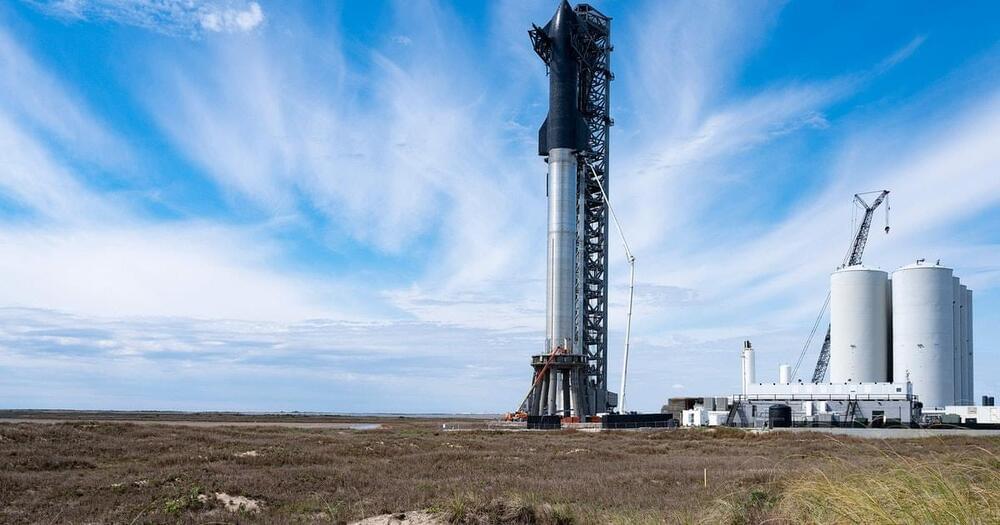NASA wants to launch its Space Launch System on a trip to the Moon. Here’s how the agency’s giant rocket compares with SpaceX’s giant Starship rocket, which Elon Musk wants to use to go to Mars and beyond.
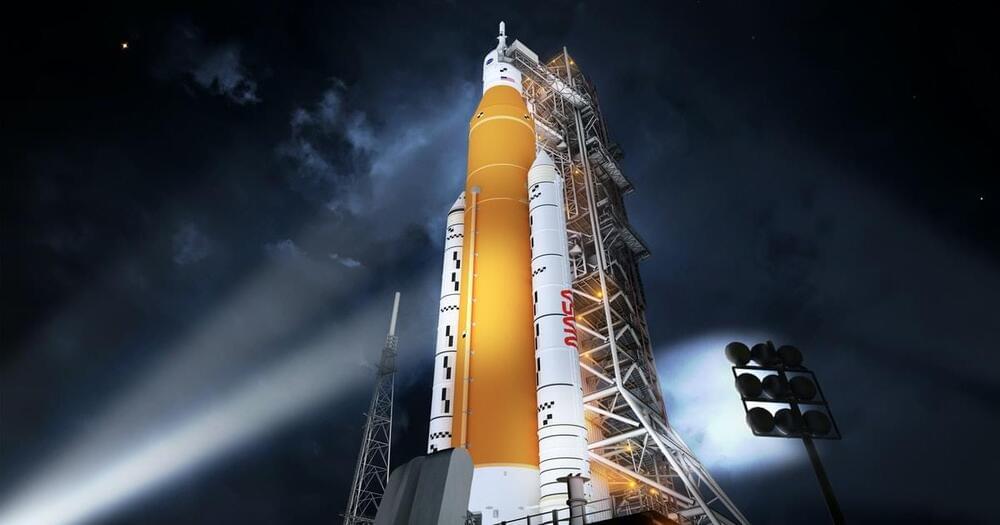




Land Rover is teaming up with Virgin Galactic for the Adventure of a Lifetime sweepstakes, which will see one lucky Land Rover owner literally fly to space at some point in the near future.
Anyone who currently owns a Land Rover can register online by submitting their vehicle’s VIN and some other bits of info, which counts as one entry. Placing an order for a new Land Rover nets 50 entries, while actually buying or leasing a vehicle gets you 100 entries. Anyone who enters also gets credit for referring people to the sweepstakes, and there’s no limit to how many entries you can get.
This isn’t the first time Land Rover has partnered with Richard Branson’s space-tourism venture. Range Rover SUVs have been used to tow the company’s space planes at various events and presentations, and in 2019 a special Range Rover Astronaut Edition was unveiled. That model could only be purchased by those who signed up to be an astronaut with Virgin, and it came with unique styling elements. As the Astronaut Edition was based on the now-old Range Rover, we wouldn’t be surprised if Land Rover releases a new version based on the fifth-gen Range Rover that was revealed last year.
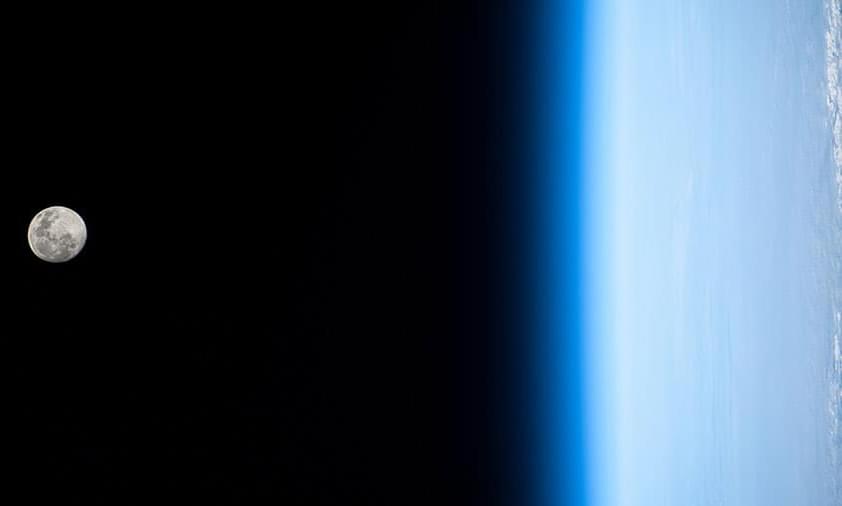
Two NASA astronauts are assembling gear today they will install on the International Space Station during an upcoming spacewalk. The rest of the Expedition 66 crew focused on life science, space physics gear, and orbital maintenance.
NASA Flight Engineers Raja Chari and Kayla Barron began assembling modification kits today to ready the station’s truss structure for new roll-out solar arrays during the first spacewalk. The roll-out solar arrays will be delivered on an upcoming SpaceX Cargo Dragon mission and installed at a later date. The duo will set their U.S. spacesuits to battery power at 7:50 a.m. on March 15, signifying the beginning of their planned six-and-a-half-hour spacewalk. The second spacewalk on March 23 will see more roll-out solar array preparations by two yet to be named astronauts.
Roll-out solar array technology will not only augment the space station’s existing solar arrays and power system, they will also be used to power the Lunar Gateway. Gateway is a space station developed by NASA, the Canadian Space Agency, ESA (European Space Agency), and the Japan Aerospace Exploration Agency that will orbit the Moon and will serve as a hub for crew visiting the lunar surface and beyond. Gateway will enable new scientific investigations in the cis-lunar environment during crewed and uncrewed periods.

A German feminist art group has revealed a vulva-shaped spaceship design, which it is encouraging the European Space Agency to help realize in order to better represent humanity in space and “restore gender equality to the cosmos.”
The group Wer Braucht Feminismus? (WBF?), which translates to “Who Needs Feminism?”, created its Vulva Spaceship concept to challenge the convention of phallic spacecraft design.
It says sending a yonic craft instead would signal inclusivity and has started a petition on change.org calling on the European Space Agency to consider the project.
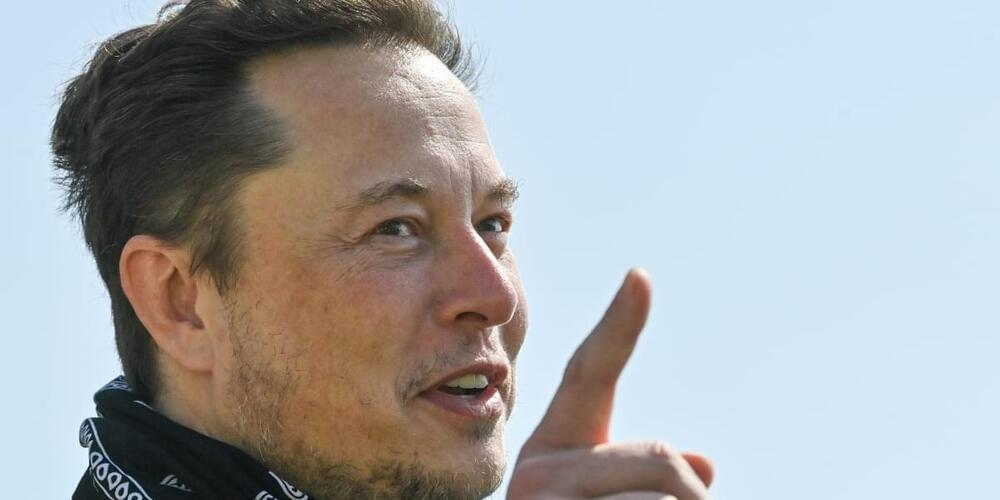
Elon Musk has a knack for accomplishing feats that others consider improbable. From blasting rockets into space to becoming the king of the EV industry, Musk is determined to make history.
His latest passion project is Neuralink—a company that is developing a brain implant that will link the human brain directly to computers. He claims this brain-computer interface (BCI) will enable humans to carry out actions through thought alone. One of Musk’s first goals: helping paraplegics regain their independence.
But it doesn’t stop there. The company’s technology, Musk hopes, will one day not only treat but cure brain disorders and even save memories so people can revisit them like photo albums.
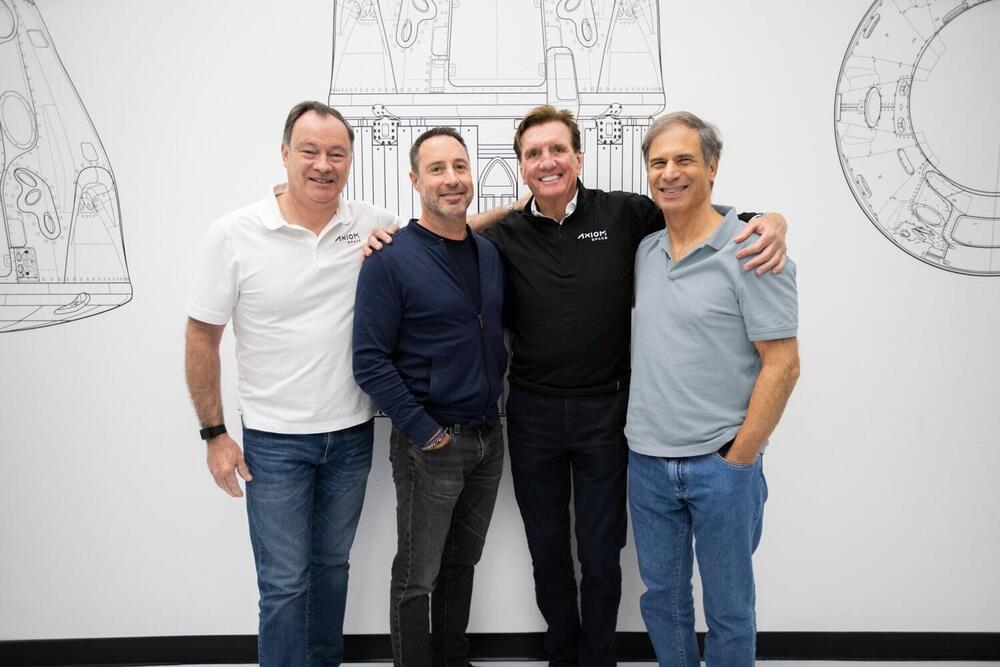
With the launch just weeks away, SpaceX and Axiom are making their final preparations for the first all-private, all-commercial Crew Dragon mission to the International Space Station (ISS). Axiom-1 will be the first all-commercial mission flown to the ISS by SpaceX in partnership with Axiom Space.
Axiom-1 will launch using a flight-proven Crew Dragon and Falcon 9 from historic Launch Complex 39A (LC-39A) at the Kennedy Space Center. The mission will launch on March 30, 2022, at 2:46 PM EDT (18:46 UTC). Axiom-1 will be the second commercial Crew Dragon flight and the first mission to use a Crew Dragon that has flown three times.

In Rogozin’s series of tweets, he claimed the sanctions could have severe consequences for the ISS and “destroy” international co-operation related to the ISS.
Another of his tweets said: “There is also the option of dropping a 500-ton structure to India and China. Do you want to threaten them with such a prospect? The ISS does not fly over Russia, so all the risks are yours. Are you ready for them?”
Musk appeared to confirm that SpaceX would get involved, should the ISS fall out of orbit. A Twitter user asked if that’s what the tech mogul really meant, to which Musk simply replied: “Yes.”
